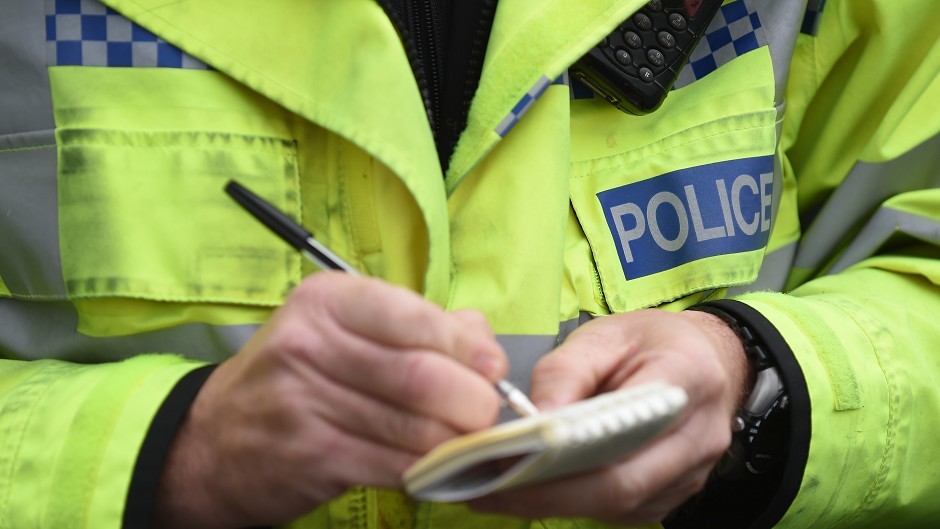Police Scotland’s controversial stop-and-search policy was slammed by the force’s watchdog yesterday.
HM Inspectorate of Constabulary in Scotland (HMICS) said it had “no confidence” in police data and said it should not be used to make decisions about future policy.
It found that despite an assurance that consensual searches of children would end, 83 youngsters aged 11 and under were stopped over a six month period.
The review also concluded there was no clear link between its use and reduction in crime.
Both Labour and the Liberal Democrats called for Chief Constable Sir Stephen House to be recalled by the Scottish Parliament’s justice committee.
Labour justice spokesman Hugh Henry called the report a “damning indictment” of how the police had operated its stop-and-search activities.
Lib Dem justice spokeswoman Alison McInnes demanded a ministerial statement adding: “This is a guddle which lies squarely at the door of Stephen House as Chief Constable and leader of this organisation.”
The Scottish Government responded to the damning report by setting up an advisory group, headed by a leading barrister, John Scott QC, to look at the use of stop-and-search.
HMICS said a new statutory code of practice should be brought in and called for all targets to be scrapped and data collection and reporting to be improved.
It also recommended a move from non-statutory or “consensual” searches to those where a person is stopped under legislative powers.
HM Inspector of Constabulary Derek Penman said: “We believe the development of a statutory code of practice would establish clearly understood principles and safeguards for the public and would be particularly beneficial in providing clear and transparent guidance on the conduct of searches.
“Due to the lack of guidance and processes, we do not have confidence in the stop and search data currently held by Police Scotland. It should not be relied upon to make informed decisions about future policy and practice in Scotland until an accurate baseline has been established.”
HMICS found that 70% of searches were consensual but there was a substantial variation across the country with the practice said to be “embedded” in some divisions.
In the Highlands and Islands just 25% of stops were consensual, as were 38% in Aberdeen and 42% in Aberdeenshire and Moray. By comparison consensual searches were as high as 87% in Ayrshire and 76% in Lanarkshire.
